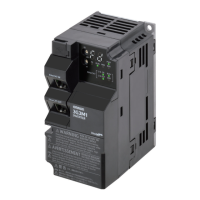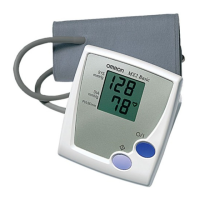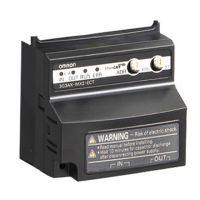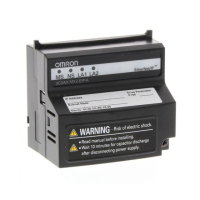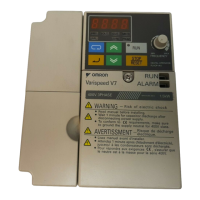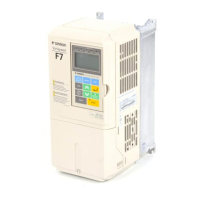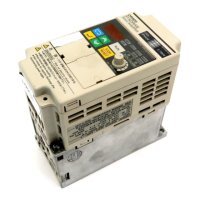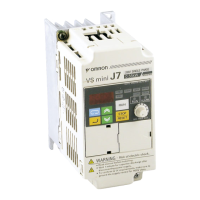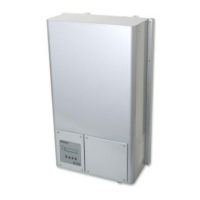0.0: Regenerative braking not active
0.1 to 100.0 (Limited by b097) The usage rate must
be set as a percentage (%) as follows:
Allowable braking frequency [%] of the connected
braking resistor or lower.
Exceeding the set usage rate causes the protective
function to be activated, which results in a trip.
t1 t2 t3
ON ON ON
Regenerative
braking function
100 s
activated
Usage rate [%]
=
(t1 + t2 + t3)
×
100
100 s
Minimum connection resistance to 600.0
Set the resistance of the braking resistor actually
connected to the inverter.
Then, the inverter automatically calculates the upper
limit value allowable in b090.
This allows you to consider only the allowable brak-
ing frequency (%) of the braking resistor when set-
ting b090.
*1. For the Regenerative Braking ON Level, set the internal main circuit DC voltage of the inverter.
Precautions for Correct Use
•
To use the built-in regenerative braking function of the inverter, be sure to set the Usage Rate
of Regenerative Braking (b090) and the Regenerative Braking Selection (b095) to 01 or 02. If
you do not set both parameters, the function cannot work.
•
Setting the Regenerative Braking ON Level (b096) to the incoming voltage or lower causes
the built-in regenerative braking function to be always active, which results in overheating or
burning of the braking resistor. Be sure to set this to a value higher than the incoming voltage
multiplied by the square root of 2.
Set b096 to 380 VDC or higher for 240 VAC of the incoming voltage and to 750 VDC or
higher for 480 VAC of the incoming voltage, respectively.
•
To use the regenerative braking function, connect external braking resistor(s) or external
regenerative braking unit(s) according to the description of External Braking Resistor Con-
nection Terminal/Regenerative Braking Unit Connection Terminal in 2-3-4 Wiring for Main
Circuit Terminals on page 2-17.
Be sure to install a circuit that detects overheating of the braking resistor(s) and the regener-
ative braking unit(s) via alarm contacts (thermal relay output terminals) and shuts off the
input power supply of the inverter.
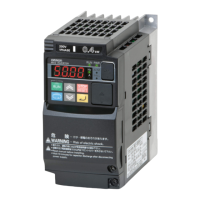
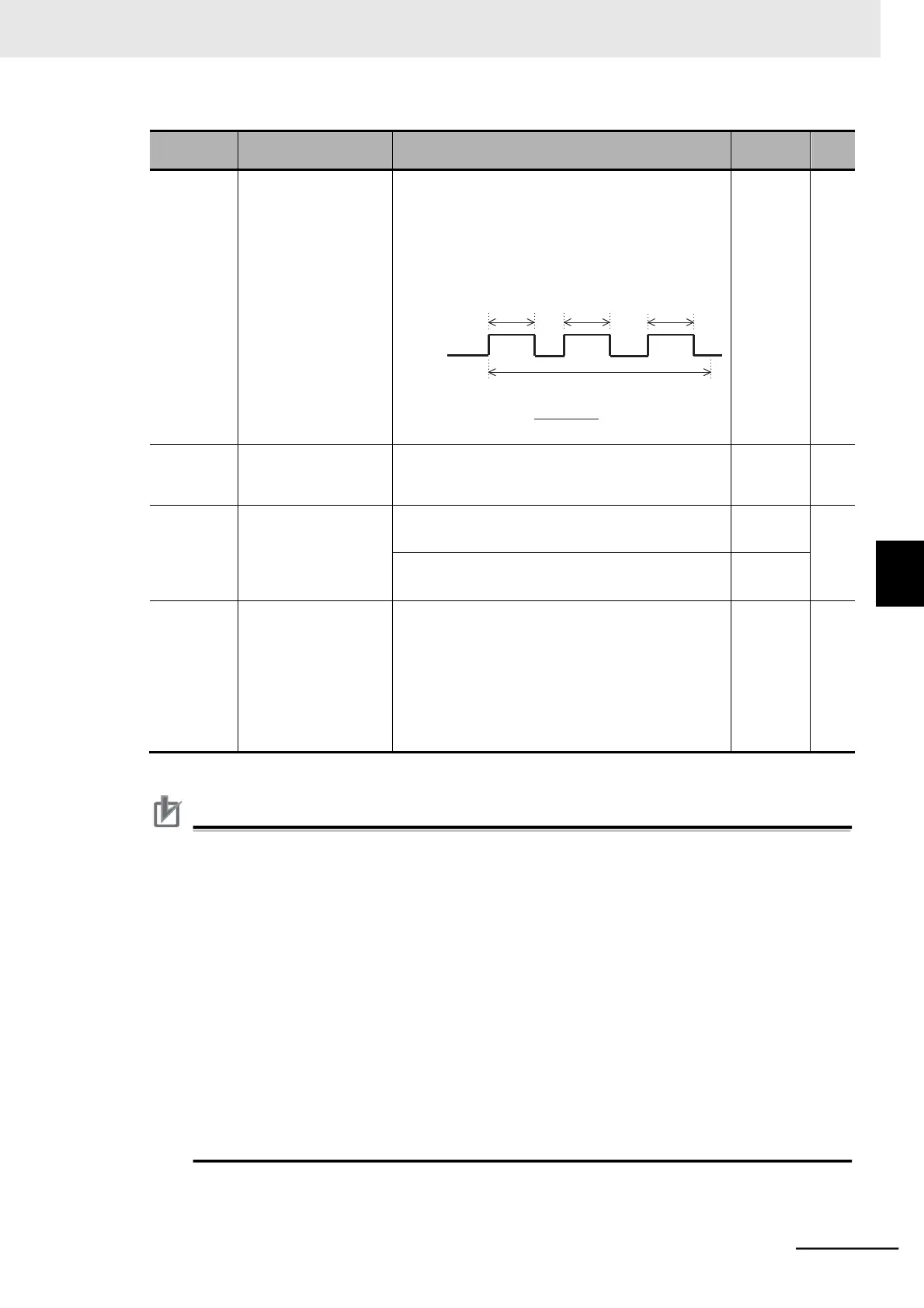